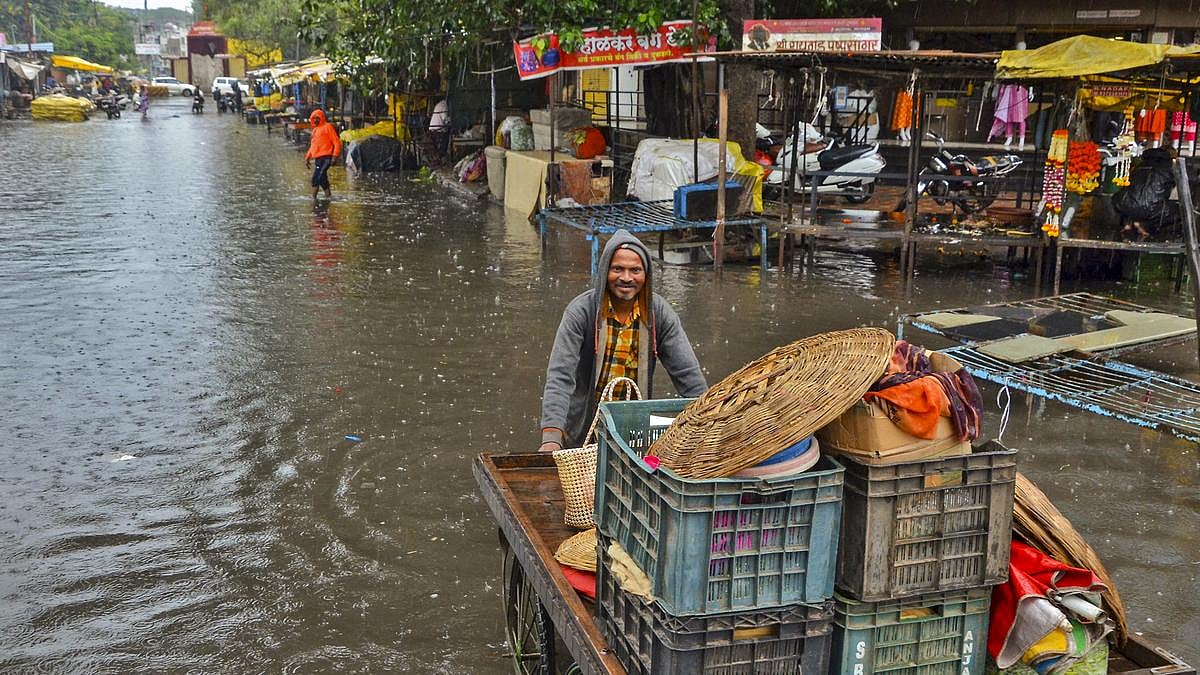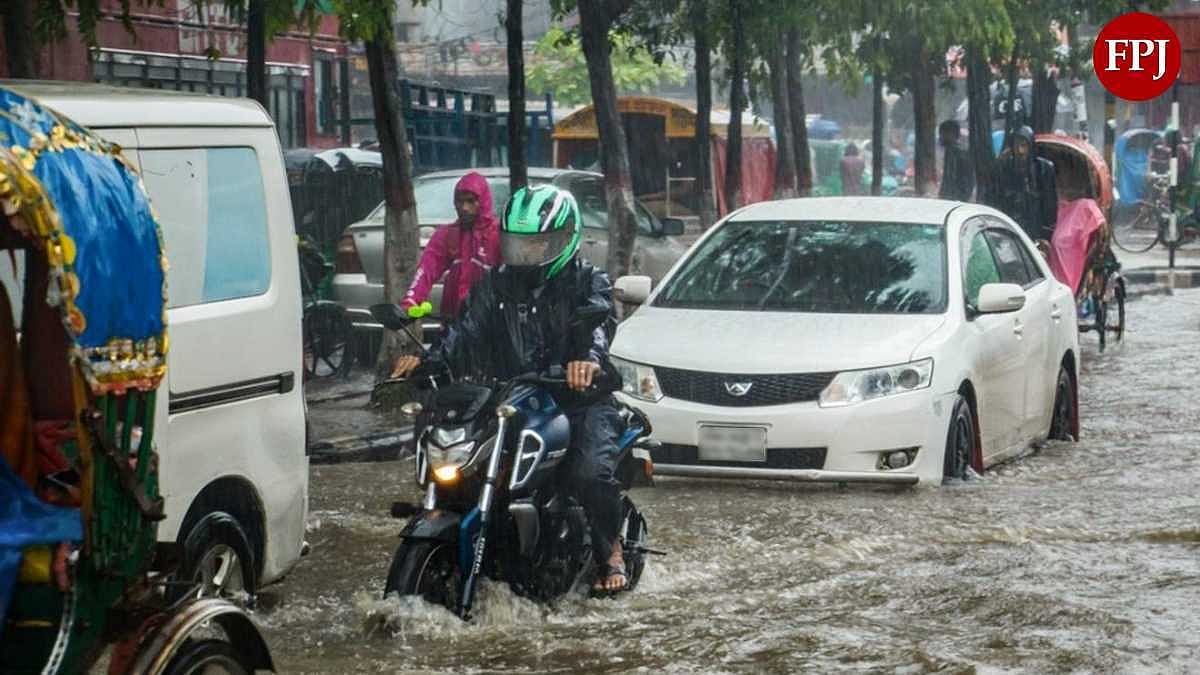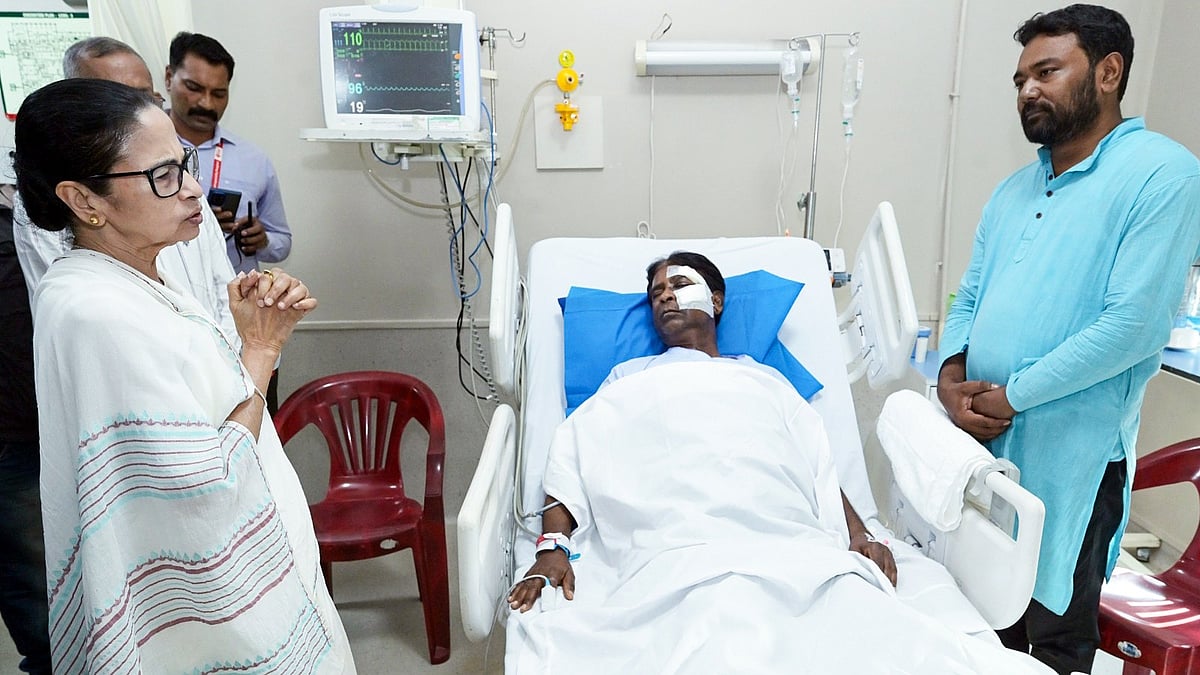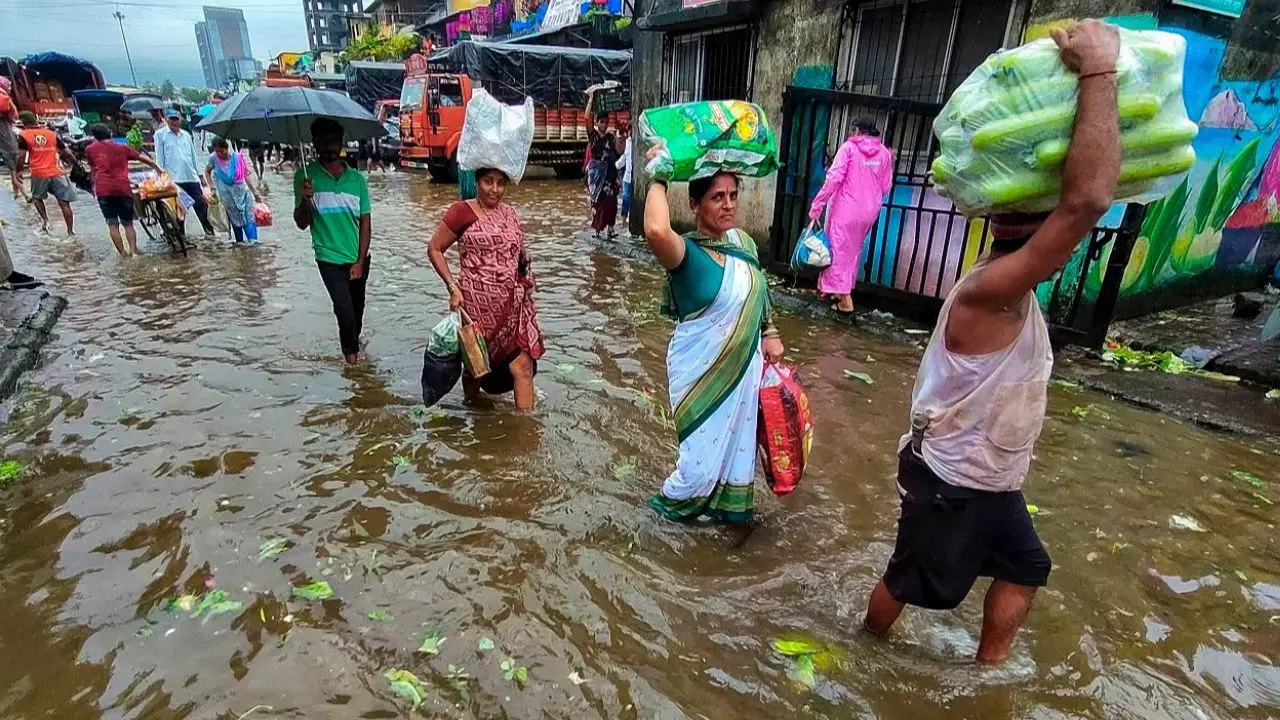Away from the national news cycles, the entire Marathwada region of Maharashtra, comprising eight districts, has been battling intense rainfall and devastating floods in the past week. At least 90 people have been recorded dead, with a few deaths occurring over the weekend. Nearly 30 lakh acres of farmland stand damaged, with large swathes of soyabean and cotton affected. Livestock has also been impacted, and infrastructure across the region is in shambles.
The Devendra Fadnavis-led government pulled out all stops to evacuate more than 11,500 people to safe shelters and began emergency relief measures, directing district collectors to be on the ground. The National Disaster Response Force (NDRF) and the State Disaster Response Force teams have been actively involved in rescue and relief operations.
This is the second time in five years that the semi-arid and drought-prone region of Marathwada is facing monsoon fury and devastating floods. The weather variation is reflected in the excess rainfall recorded: as many as 189 of the region’s 489 revenue circles showed excess rainfall in just 24 hours over the weekend. This added to incessant rainfall since September 20 and earlier monsoon activity in July and August.
The highest 24-hour precipitation was a staggering 196 mm in Chhatrapati Sambhajinagar. The floods worsened after massive amounts of water were released from Jayakwadi Dam, the region’s largest reservoir, leading to rising water levels in the Godavari River.
The state government has announced a relief package of Rs 2,215 crore. However, this package has come under criticism by the opposition as being insufficient. Veteran leaders like Sharad Pawar have also called for easing the panchanama (damage assessment) process to speed up relief.
Whatever the size of the relief package and the timeliness of rescue measures, the Marathwada floods send a powerful message: it cannot be business as usual going forward. The authorities must shift from a responsive to a proactive approach.
While each district—Chhatrapati Sambhajinagar, Jalna, Latur, Parbhani, Nanded, Hingoli, Beed, and Dharashiv—presents a slightly different situation, the overarching impact of climate change on the region’s weather must be addressed.
The increasingly unpredictable phenomena of drought, floods, and ‘wet drought’—all peculiar outcomes of climate-related changes in weather patterns—call for long-term preparedness. This includes:
– Preparing detailed flood and drought maps for each district using advanced technological tools such as Synthetic Aperture Radar, which can yield high-resolution maps.
– Making comprehensive evacuation plans and assembling emergency supply kits that are publicised throughout the year.
– Charting out clear information protocols to disseminate drought or flood warnings through all available media.
– Allocating a larger portion of the state’s annual budget to support these preparedness measures.
At its core, the priority lies in enhancing the region’s overall preparedness to make its people, agriculture, and infrastructure as climate-resilient as possible. Only then can future floods or ‘wet droughts’ wreak less havoc on Marathwada and its communities.
https://www.freepressjournal.in/analysis/a-monsoon-plan-for-marathwada



